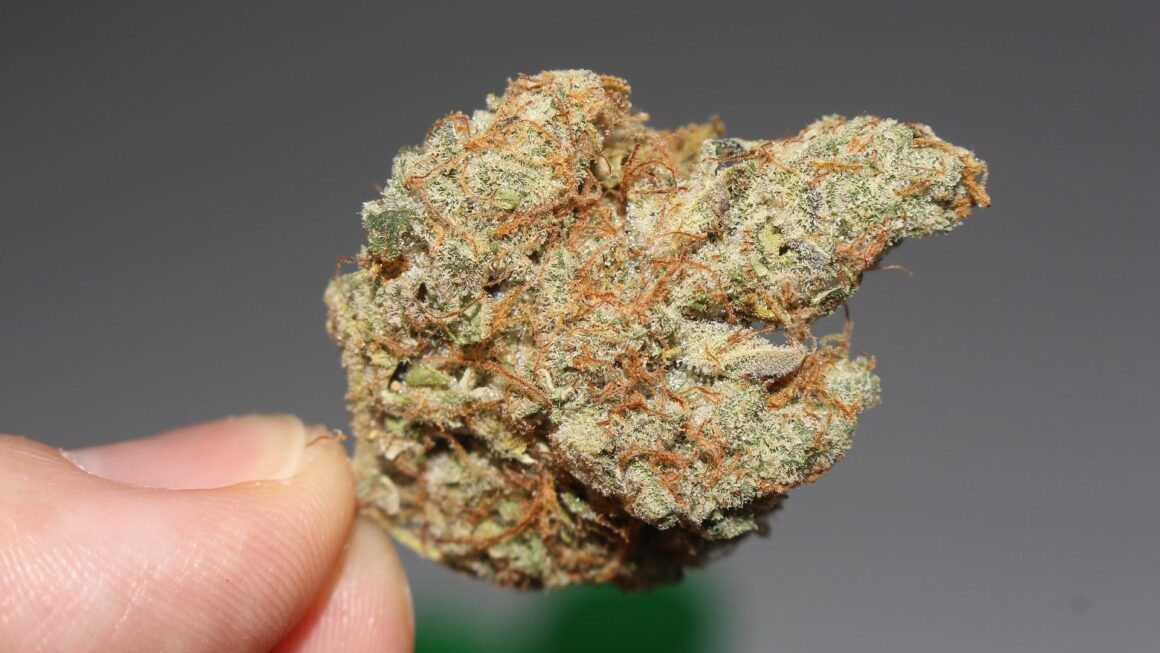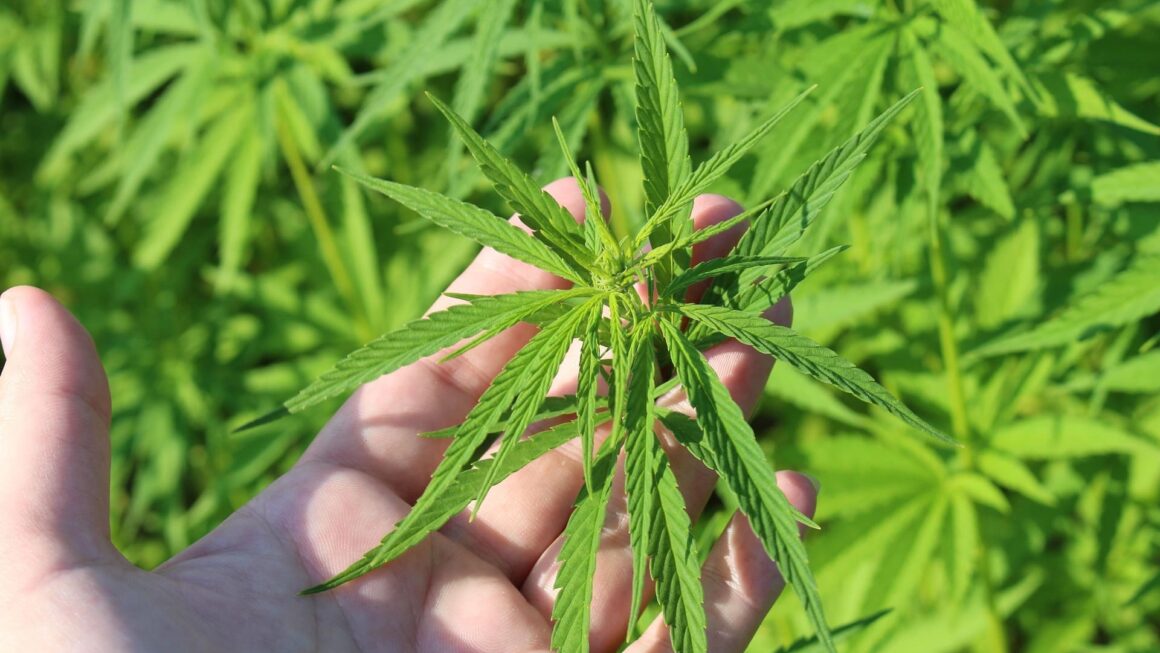From the rice paddies of Thailand to the sun-scorched plains of the American Midwest, from the green hills of Europe to the vibrant markets of South America, a quiet movement has been growing. A global cadre of visionaries has spent the last decade moving through time zones and cultures with one common thread guiding them: hemp. Not the stoner stereotype of days past, but the versatile, ancient crop with the power to feed, clothe, house, and heal humanity.
These advocates, often boarding planes with little more than a suitcase and a mission, have spoken at policy summits, toured processing facilities, crouched in test plots with soil-stained fingers, and held space with tribal elders and government ministers alike. Their journeys are as much about education and opportunity as they are about navigating the bureaucratic fog that still hinders progress in many regions.
They have walked the corridors of parliaments in Europe, explaining to skeptical lawmakers how hempcrete can reduce carbon footprints and how rural economies can be revitalized through local processing hubs. They’ve met with farmers in Kenya and Malawi, showing how hemp can be a drought-resistant alternative that supports nutrition, textiles, bioplastics and biochar. In the Andes, they’ve worked through conferences in Peru to begin introducing industrial hemp to agricultural and economic stakeholders, laying the foundation for future trials and partnerships, often with respect to Indigenous agricultural knowledge and community leadership.
In the United States and Canada, they’ve battled confusion and poor regulation, pushing for a clear distinction between hemp’s applications: one lane for industrial uses like fiber and grain, another for cannabinoids and botanicals. They’ve partnered with Indigenous leaders and sovereign nations to explore hemp as a tool for economic development and cultural preservation. They’ve watched promising businesses get buried under red tape, yet pressed on with conferences, pilot programs, and coalition-building.
In Japan, where hemp once held sacred cultural status, they’ve helped reintroduce the crop into conversation, merging tradition with innovation. Thailand, more recently liberalized in its cannabis policy, has become a hotbed for experimentation and opportunity. These travelers have been there too, consulting, connecting, catalyzing, and listening, learning from ancestral wisdom along the way.
Everywhere they go, the same message resonates. Hemp is not just a plant. It is a toolkit for a sustainable future. It can nourish with its seeds, shelter with its fibers, and heal with its extracts. It offers farmers crop diversity and resilience. It offers entrepreneurs low-impact raw material. And it offers governments a pathway to meet environmental goals while strengthening economies from the ground up.
But the path is rarely smooth. There are entrenched interests to contend with. Cotton, corn, and petroleum have long ruled the supply chains. Regulators often lack knowledge, and misinformation runs rampant. Investors come and go with the tides of hype, and farmers burn out when promised markets fail to materialize. For every victory…a new processing plant opened, a policy improved, a pilot project funded…there is a setback, a lawsuit, a harvest that rots in the field because someone in an office stamped the wrong box.
Still, the travelers persist. Their belief runs deeper than economic modeling or market forecasts. They have seen with their own eyes what hemp can do. A family in Colombia pulling itself out of poverty by making hemp textiles. A cooperative in Ghana building bricks from hemp hurds. Students in Germany launching climate-tech startups around hemp insulation. Veterans in the United States finding purpose through farming and community events. These stories are the fuel for the long-haul flights, the late nights writing reports, the endless emails to agencies that move at glacial speed.
And now, as the world moves into 2026, the tone is shifting. Hemp is finding its footing again. The noise is clearing. The focus is sharper. Governments are starting to understand that hemp is not a miracle, but a multi-functional, scalable solution that deserves a seat at the table alongside solar panels, electric vehicles, and agroforestry. Global partnerships are forming that look beyond borders and into the future. Supply chains that span continents. Knowledge exchanges that empower local leaders. Financial models that include the smallholder and the startup alike.
Perhaps most importantly, people are beginning to see that hemp is not a cure-all, but a catalyst. It cannot fix a broken food system alone, nor reverse climate change on its own. But it can be a key ingredient in a better recipe for humanity.
So the travelers keep going. Bags packed. Visas ready. Hearts hopeful. They are not missionaries, nor are they martyrs. They are connectors, teachers, and listeners. They believe in the crop, but even more, they believe in the people it brings together.
And that may be hemp’s greatest power. Not what it does for the soil or the skyline, but what it does for the spirit. It gives us something to grow, something to share, and something to hope for. The movement is global, and it is just getting started.
The mention of companies and other enterprises in news stories and Q&As does not imply an endorsement by Let’s Talk Hemp or any business relationship.





